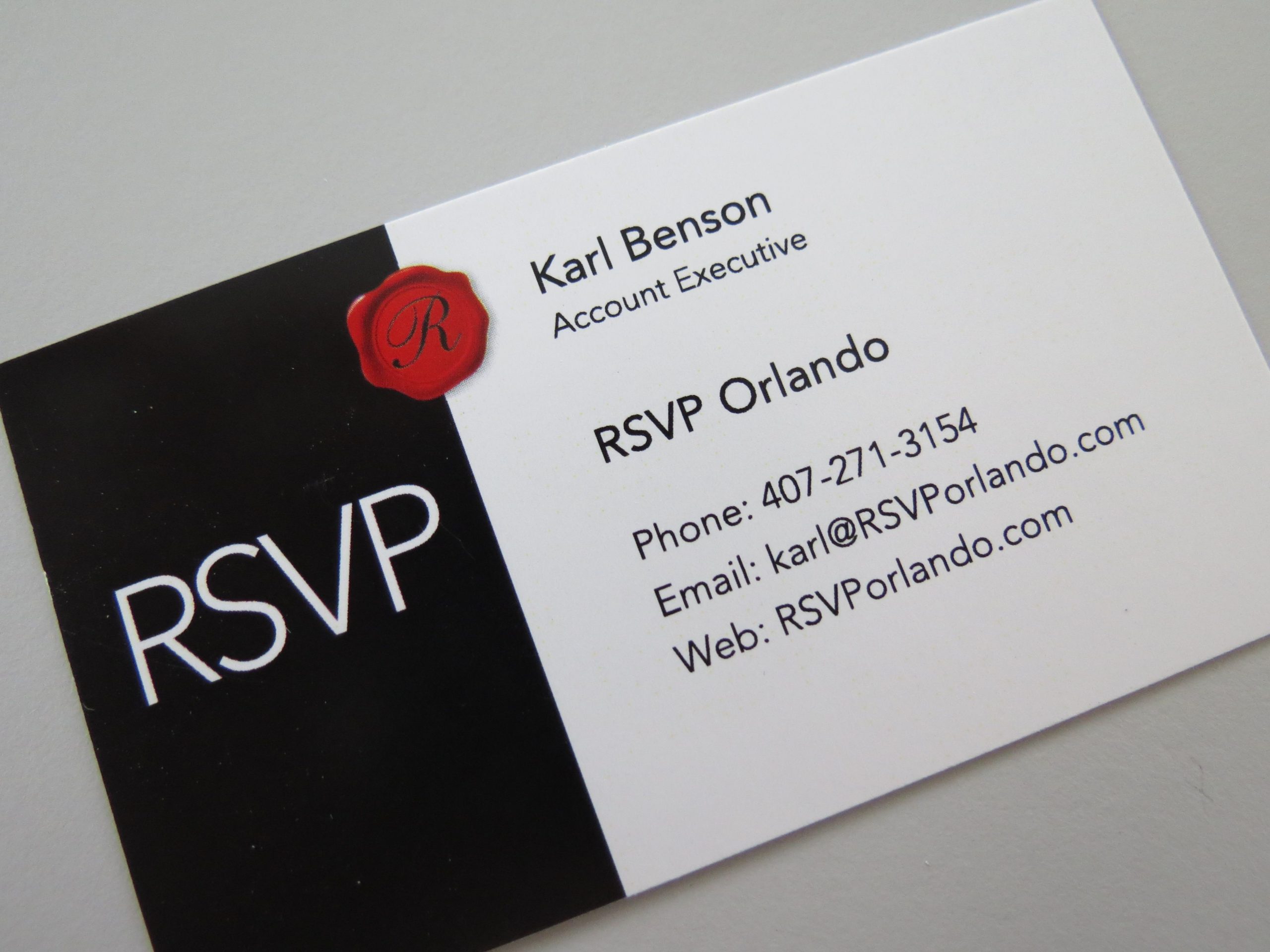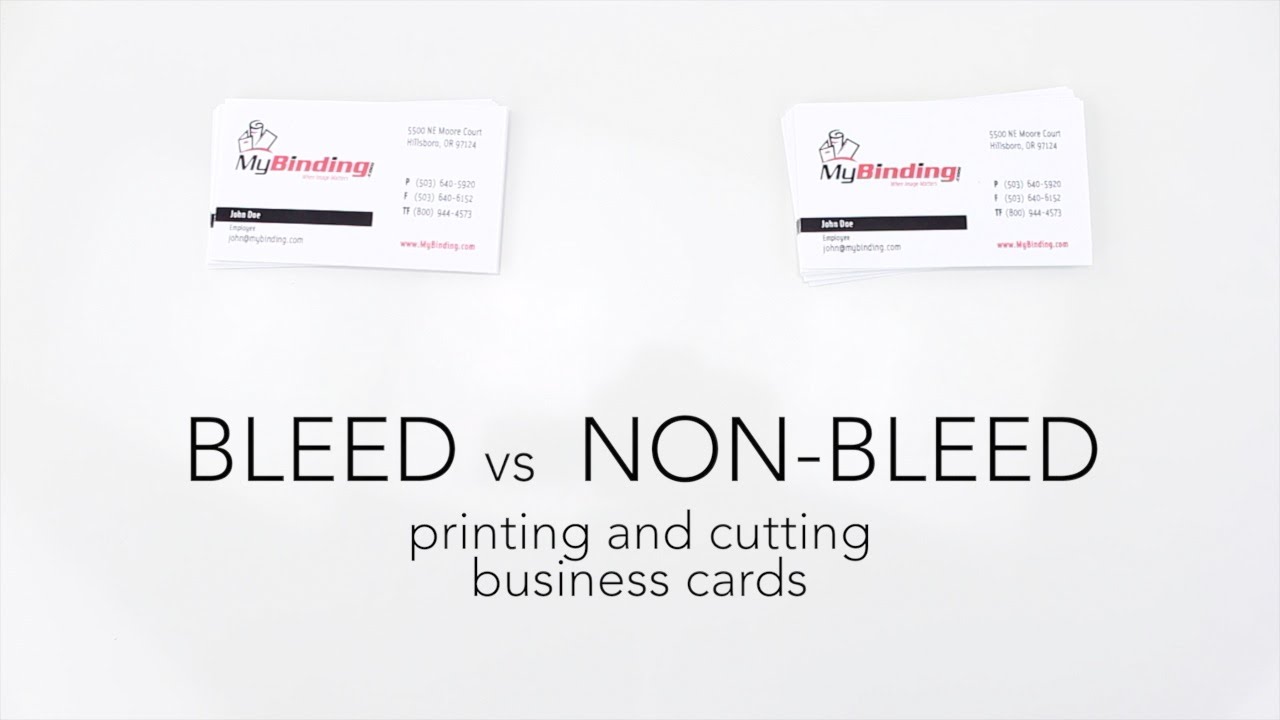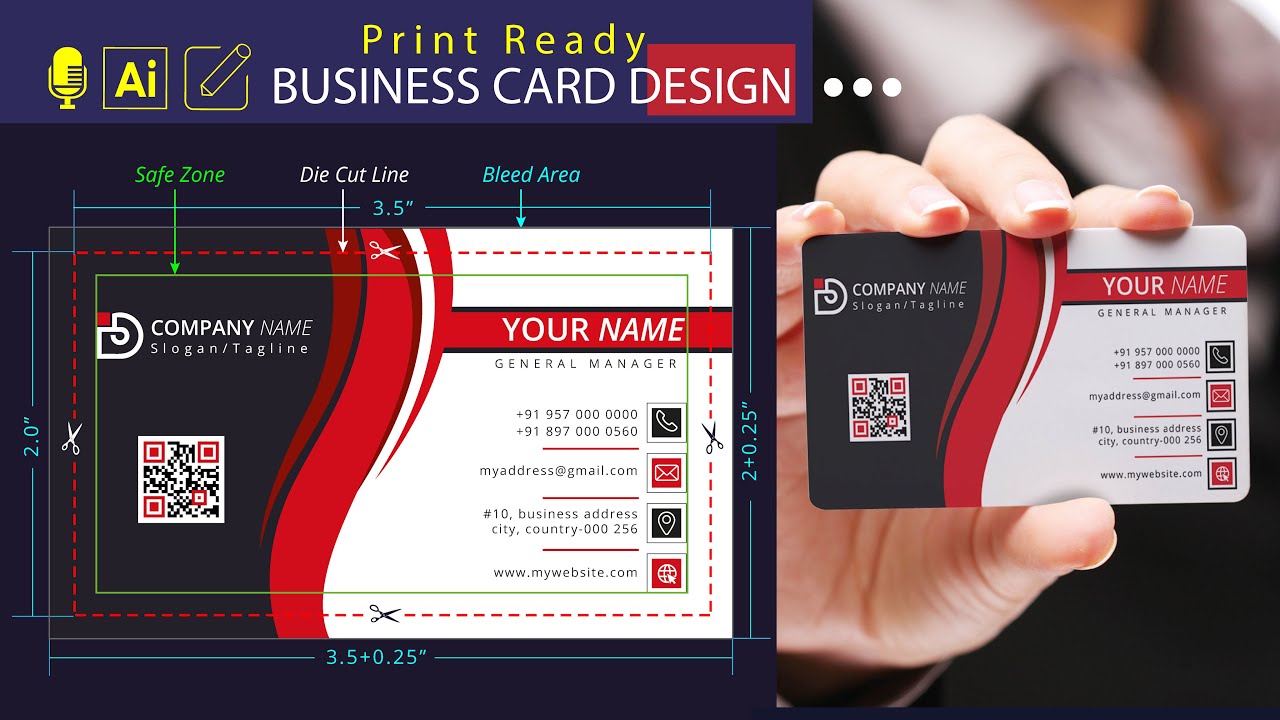
Do you want your business cards to make a lasting impression? Are you looking for ways to make your business cards stand out from the competition? One key element that can take your business cards to the next level is bleed. In this article, we will dive into the world of bleed on business cards and discuss what you need to know to create a professional and eye-catching design.
Understanding Bleed on Business Cards

What is Bleed?
Bleed refers to the area of an image or design that extends beyond the trim edge of a printed piece. When a design has bleed, it ensures that the final printed piece is trimmed accurately without any white edges or unprinted borders. The purpose is to allow the ink to be printed all the way to the edge, creating a seamless and professional look.
Why is Bleed Important on Business Cards?
Including bleed on your business cards is crucial to achieving a polished and professional appearance. Without bleed, you may end up with unsightly white edges or borders that can make your business cards seem unfinished or amateurish. By incorporating bleed, you ensure your design extends all the way to the edge, giving your business cards a sleek and visually appealing look.
Designing Business Cards with Bleed

Setting Up Your Design
Before you start designing your business cards, it is essential to understand the bleed requirements of your chosen printing company. Different printing companies may have specific bleed guidelines, so it’s crucial to check their requirements beforehand. Typically, a bleed of 0.125 inches or 3 mm is common for business card designs.
Extending Your Design Beyond the Trim Edge
To create bleed on your business cards, you need to extend your design elements beyond the trim edge of the card. This ensures that the ink will reach the very edge of the card during the printing process. By extending your design slightly, you give the printer some leeway for trimming, resulting in a crisp and clean finished product.
Safe Zone and Trim Marks
It’s also important to consider the safe zone and trim marks when designing business cards with bleed. The safe zone refers to the area within the trim edge where you want to keep essential elements such as text, logos, or important visuals. This ensures that none of your crucial information gets cut off during the trimming process. Trim marks, on the other hand, indicate where the card will be cut, providing a reference point for the printer.
Saving Your Design Files
When saving your business card design files, make sure to include bleed in the final print-ready file. Most design software, such as Adobe Photoshop or Illustrator, allows you to set up bleed during the document creation process. Additionally, remember to convert all fonts to outlines or include the font files to ensure that your text appears correctly when opened on different computers.
Printing Business Cards with Bleed
Choosing a Printing Company
Selecting the right printing company is essential when it comes to printing business cards with bleed. Make sure to research and choose a reputable company that has experience handling bleed requirements and can provide high-quality results. It’s also worth considering their printing capabilities and quality assurance processes to ensure your final product exceeds expectations.
Reviewing Proofs
Before giving the green light for mass production, always review and approve the proofs provided by the printing company. Carefully check that the bleed, trim marks, and safe zone are correctly set up in your design. This step allows you to catch any potential issues or mistakes that could affect the final outcome of your business cards.
Quantity and Distribution
Once your business cards are printed, consider the quantity you need and how you plan to distribute them. It’s always a good idea to have a stock of business cards readily available for networking events, conferences, and everyday use. Furthermore, distribution channels such as mailing, handouts, or in-store displays should be considered for effective marketing and brand exposure.
Conclusion

Incorporating bleed on your business cards is a small but significant detail that can greatly enhance the overall look and professionalism of your design. By understanding how to set up your design correctly and selecting a reliable printing company, you can ensure that your business cards will leave a lasting impression. So, remember to include bleed in your designs, review proofs thoroughly, and get ready to make a statement with your business cards.
Remember, when it comes to bleed on business cards, attention to detail can make all the difference.
Ethan is a branding enthusiast and a master of storytelling. With a background in advertising, he leverages his expertise to explore the art of graphic design and its impact on business. In his free time, Ethan enjoys photography and capturing the world’s visual intricacies.